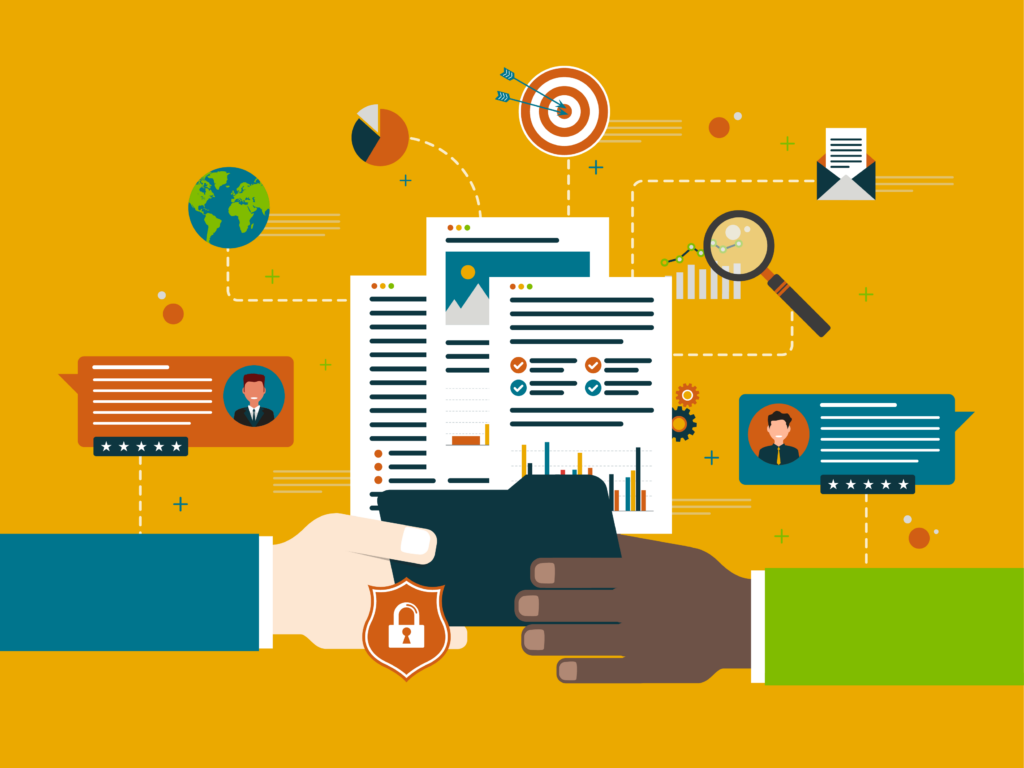Workplace giving raises $5 billion dollars every year from a mostly unsolicited audience. Are you properly nurturing your relationships with these donors?
Global Impact recently partnered with Omatic, a database and data integration software company, to discuss the importance of maximizing workplace giving fundraising through integrated data. The event, Mastering Workplace Giving with Global Impact and Omatic, explored the power of a data management strategy and best practices for growing workplace revenue with the right tools. Weren’t able to attend? Here’s what you need to know:
Why is workplace giving data important?
Typically, the journey of a workplace giving donor follows this pattern:
- A donor gives through their workplace.
- Your organization receives the donation, but due to the complexity of workplace data, the information you have about the donor and donation might be incomplete.
- The data is not incorporated into your nonprofit’s CRM, leading to missing records.
- The donor goes unacknowledged for their gift.
This is a serious missed opportunity: Accurately capturing data helps nurture relationships with donors and assists in maintaining and growing your workplace giving program.
The complexity of workplace data becomes even more challenging when you account for the growing number of systems and data sources used by different nonprofits. More than ever there’s a need to integrate all the different data into your core CRM system.
How can you properly integrate workplace data?
Who better to speak on this than the experts in simplifying nonprofit data! Omatic shared with the audience their best practices for integrating workplace data:
- Integrate individual donations and the matching gift to an individual employee record in your CRM system. This allows you to acknowledge donors after a gift and engage donors in various outreach, even as they change jobs. This increases retention and reoccurring donations.
- Integrate donors/employees to the corresponding corporate account/employer. This allows visibility into the overall impact of their gifts and can inform strategies for corporate partnerships. Beyond workplace giving, your corporate development team and your major gift teams can utilize this information to demonstrate employee interest in your nonprofit and cause area when trying to build further partnerships and drive contributions.
- Build a defined data integration strategy. Start by setting your business goals. Next, evaluate current sources you are receiving workplace data from and map out your current processes. This should help you outline data integration requirements to reach those business goals. Finally, define processes and invest in effective solutions to be able have access to the data you need to lead to strategic solutions.
If your nonprofit uses Blackbaud or Salesforce as your CRM, we recommend you explore Omatic as a solution to your integration and data management needs. Reach out to the team at Omatic to access their expertise in nonprofit technology, user-friendly tools, and accurate, usable data you can trust.
How can you leverage data for strategic communication with donors?
Once you have the right data, how can it inform your strategy? And how can that strategy be implemented to reach your fundraising goals?
As the experts in workplace giving, Global Impact knows that your nonprofit’s fundraising success relies on the strength of your relationships with workplace donors. But since they are frequently left out of regular communications, opportunities are missed to cultivate these relationships.
Global Impact shared three ways data can inform messages you share in the workplace giving space:
- Personalization – What do you know about your workplace donors? While this information will vary based on the donor’s preferences and the platform you receive the data from, you often have details such as their names, contact information, employer and matching gift, and the project/campaign that prompted the donor to give. This data can help tailor your communication with donors, as it provides insight into the donor’s preferences and what brought them to make a gift to your organization.
- Timeliness – Disasters and current events are driving workplace giving more than ever before, and for this, timeliness in communications is crucial. According to Campaign Monitor, 68.8% of donors said they are more likely to give after receiving a compelling request for donations to meet a specific need. Understanding what time frame is important to your donors and segmenting your communication accordingly is important to continue nurturing those donor relationships.
- Relevance – Finally, ensure that your communication to donors is relevant to them. Utilizing your donor data can allow you to target your communications uniquely to different groups of donors. For example, mention the name of a specific employer in your targeted ads for better results.
We love workplace giving and are here to help you grow this fundraising channel. Maybe you just need the right tools to get started or want to maximize your visibility by joining our Charity Alliance — wherever you stand with workplace giving, reach out! Our team is ready to assist.
Want to view the entire webinar? Watch it here and reach out to the teams at Omatic and Global Impact for your next move towards mastering workplace giving.


